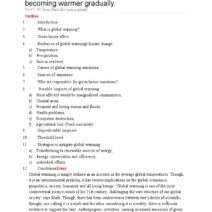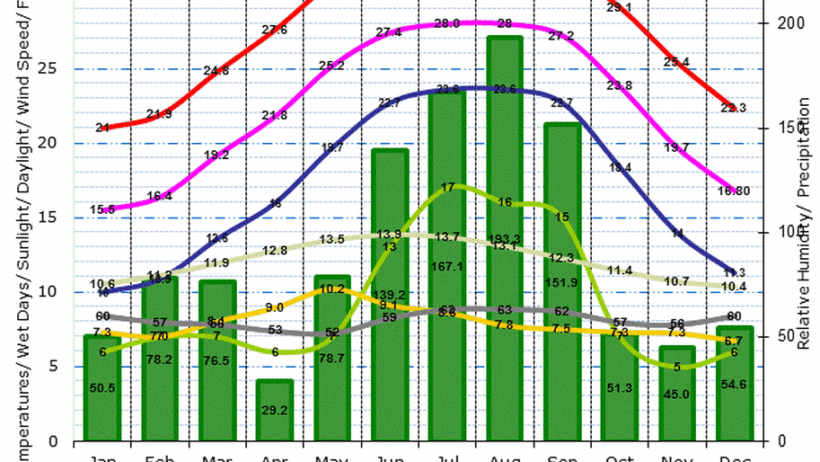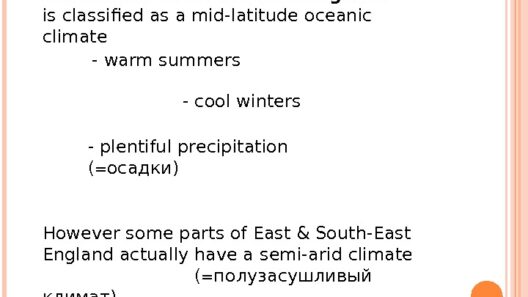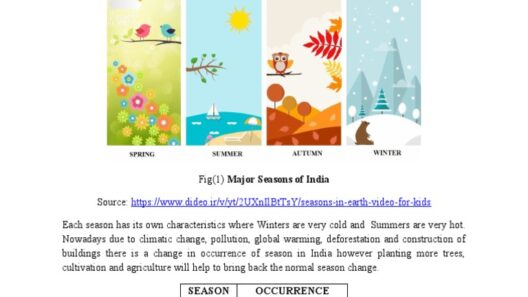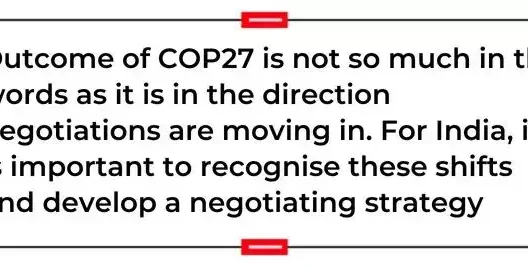The climate of the Coastal Plains is a dynamic and intricate tapestry woven with threads of salt breezes and subtropical skies. This unique geographic region, stretching along the eastern United States and parts of the Gulf of Mexico, is defined not only by its geographic contours but also by its multifaceted climate patterns. With an atmosphere steeped in moisture and imbued with warmth, the Coastal Plains present a fascinating case study in environmental complexity and resilience.
First, it is essential to delineate the characteristics of the Coastal Plains’ climate. Primarily, this region experiences a humid subtropical climate, marked by hot, sultry summers and mild winters. The average summer temperatures often soar above 90°F, juxtaposed with winters that rarely dip below freezing. This climate type is predominantly influenced by its proximity to large bodies of water: the Atlantic Ocean to the east and the Gulf of Mexico to the south. These water bodies serve as significant heat reservoirs, moderating temperature fluctuations and contributing to the moist air that envelops the region.
The prevalence of humidity in the Coastal Plains significantly affects both ecology and human activity. High humidity levels often create conditions ripe for storm development, leading to the frequent occurrence of thunderstorms, especially during the summer. These storms can vary in intensity, manifesting from gentle showers to severe squall lines complete with heavy rain, hail, and wind. It is this capricious weather that intrigues scientists and climatologists alike, as they seek to understand its patterns and predict its impacts on local ecosystems.
The geographical expanse of the Coastal Plains allows for a diversity of habitats and ecosystems, each influenced by the climate’s nuances. Marshes, estuaries, and swamps are commonplace, as the high humidity fosters a luxuriant vegetation growth that supports a plethora of wildlife. The interplay of saltwater from the ocean and freshwater from rivers creates brackish environments where myriad species find refuge and sustenance. Here, the importance of conservation cannot be overstated; these ecosystems not only serve as vital habitats but also play a crucial role in buffering coastal areas against climate change effects such as sea-level rise and storm surge.
The phenomenon of salt breezes is another characteristic feature of the Coastal Plains climate. As warm air from the land heats up during the day, it rises, creating a low-pressure zone. Concurrently, cooler, denser air from the ocean moves in to replace it, bringing along with it the salty breezes that are emblematic of coastal living. These breezes temper the heat, providing a welcome respite from the scorching sun during summer months. This constant exchange of air contributes not only to the local climate but also to the broader climatic patterns that shape the Atlantic and Gulf coastal regions.
Moreover, the subtropical skies above the Coastal Plains can tell stories of their own. Often, they are adorned with an extensive array of cloud formations and colors, creating a stunning backdrop for the diverse landscapes below. From picturesque sunrises to dramatic storm fronts, these skies reflect the region’s changing atmospheric conditions. Perhaps one of the most captivating spectacles is the appearance of cumulonimbus clouds towering in the distance, heralding the approach of summer storms. This mesmerizing dance of light and weather serves as a poignant reminder of nature’s power and beauty.
Despite the natural allure of the Coastal Plains climate, it is not without its challenges. Climate change poses a significant threat to this region, exacerbating issues such as rising sea levels, increased rainfall variability, and more frequent and severe storms. High wind speeds associated with tropical storms and hurricanes can devastate local communities, mangrove forests, and wildlife habitats. The challenges are manifold; succumbing to them requires a concerted effort in terms of environmental awareness, protective legislation, and community engagement.
Addressing climate resilience in Coastal Plains is crucial not only for ecological health but for the livelihoods of millions who inhabit this vibrant region. Strategies such as restoring wetlands to absorb storm surges, preserving natural buffers against coastal erosion, and implementing sustainable land-use practices could alleviate some of the pressures presented by climate change. Engaging local communities in these endeavors fosters a deeper understanding of the interconnections between climate, ecology, and human activity.
The Coastal Plains stand as a symbol of both vulnerability and vibrancy in the face of climatic shifts. Their inherent beauty and ecological richness invite both admiration and action. As we peer into the complexities of this region, the need for environmental stewardship becomes evident. Far beyond the picturesque scenery lies an intricate web of life, a testament to nature’s resilience and adaptability. Ignoring these signs could lead to irrevocable damage, diminishing the Coastal Plains’ legacy for future generations.
In conclusion, the Coastal Plains’ climate of salt breezes and subtropical skies encapsulates a remarkable confluence of natural elements that are both enchanting and precarious. Understanding this climate not only deepens appreciation for its beauty but underscores the urgent need for proactive measures to safeguard it. By embracing a firm commitment to conservation and sustainability, we can hope to preserve the splendor and ecological integrity of this magnificent region for years to come.


